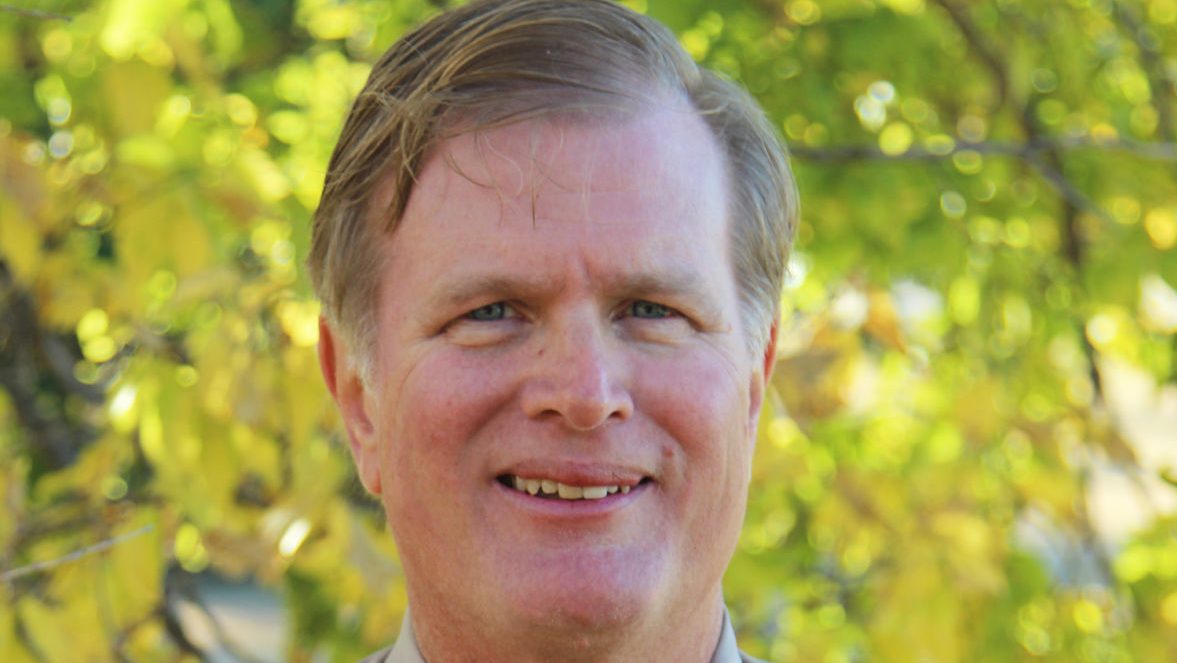Stories of wildfires reminder of importance of rural firefighters

For more than five months the High Plains region has been tested again by Mother Nature.
High Plains Journal, through its publication, hpj.com and social media, has provided many stories from nearly every region of its coverage territory. The most dominant story has been wildfires, although tornadoes, high winds and snowstorms have also captured our time.
Wildfires across the prairie are not new in the Plains. Stories from the 19th century, at a time before statehood, were recorded by Native Americans and scouts who saw these massive wildfires. Today the prairie is a much different landscape with crops, cities, reservoirs and, of course, many miles of fences for livestock.
None of this development was possible without the ingenuity and investment of men and women who were risk takers to tame the West. In the late 19th century, the Plains were changing and sod farmers created their own dream of having a home, farm, stable, and amenities to carve out a living. The appeal of the country life goes beyond farmers and ranchers as urban dwellers have also wanted to live a similar dream of having a few acres and a home in the country. All one has to do is look at the front range of Colorado where housing divisions have displaced longstanding dairy, sheep and livestock operations.
These past five months have been more than just an occasional house or barn fire or less than a quarter section (160 acres) of pastureland.
In the rural areas with traditional farming and ranching activities, farms have expanded and that has stretched volunteer resources. Plus, in recent years extended droughts with lower humidity have set the stage for higher fire risk. Throw in a mix of rural and urban dwellers and that has added the need for greater fire protection services. In many rural areas the pool of firefighters, which have traditionally been men, are often working jobs that involve significant miles commuting to a job. Longtime rural fire chiefs have said the ability to react quickly and deploy the firefighters with the tools they need offers the best hope to control it and reduce the opportunity for widespread damage.
Recent fires have tested firefighters and unfortunately there have been several deaths and multiple injuries to others while responding to calls to help their neighbors. There is no way we can ever repay those volunteers for their willingness to risk life and limb to help.
We should consider ways to provide greater assistance to volunteers. Most importantly it takes a community—from all sides—to recognize that fire and medical emergency services belong to everyone and as a result it likely means greater investment in equipment and training and increasing the pool of men and women who can help make a difference. Those are delicate conversations that will take time and they should be targeted to a specific end goal. It may take a partnership of private-public entities, too. There will always be any number of unexpected and unknown subjects that will have to be cussed and discussed.
The end result should be to add value to what rural firefighters and responders are doing because they are unsung heroes. By providing the resources necessary to help them we are also doing our part to protect the lives of their neighbors and hopefully be able to limit the loss of livestock and property.
Dave Bergmeier can be reached at 620-227-1822 or [email protected].
